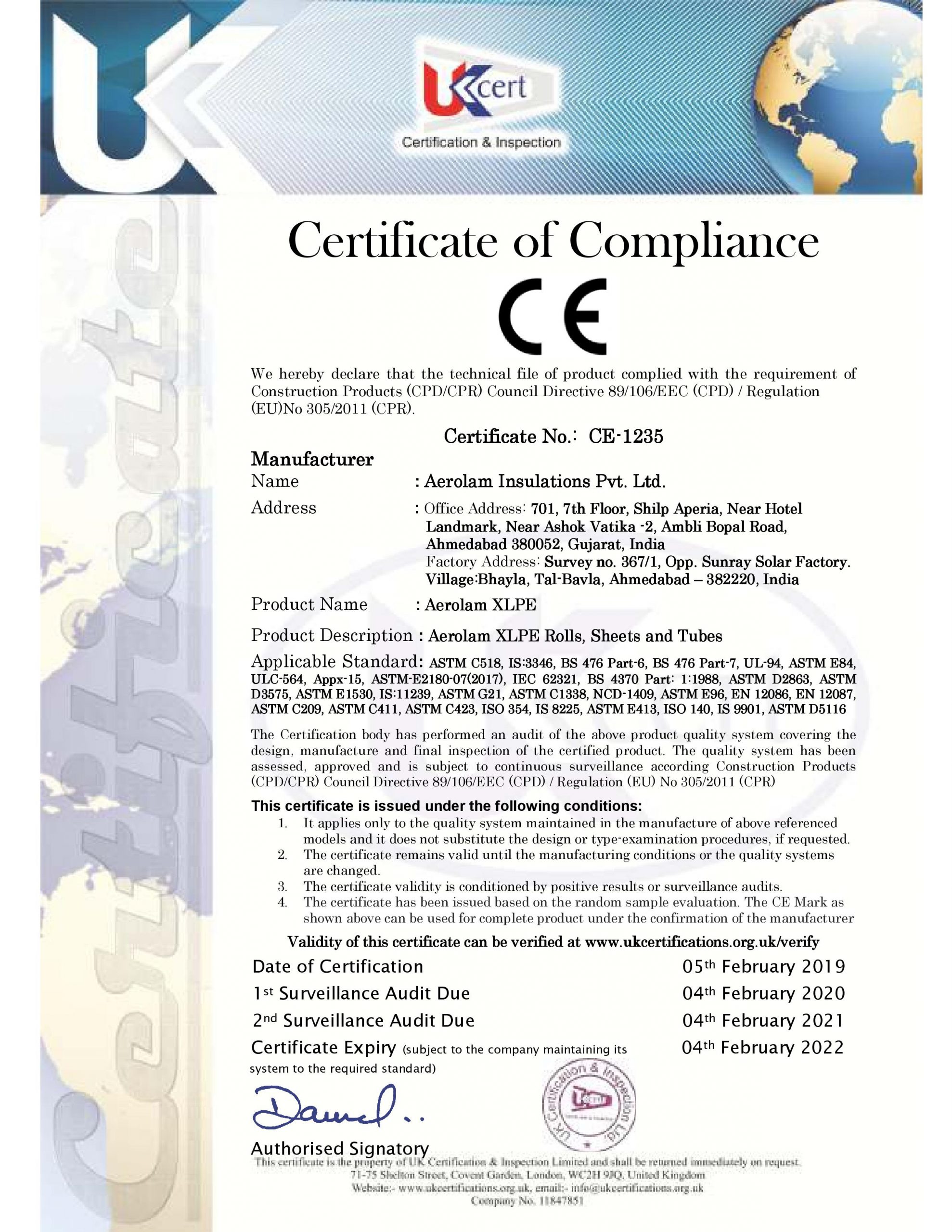The C E Mark indicates that the product it is affixed to conforms to all relevant essential requirements and other applicable provisions that have been imposed upon it by means of European directives, and that the product has been subject to the appropriate conformity assessment procedure(s). The essential requirements refer, among other things, to safety, public health and consumer protection. CE marking does not indicate that a product was made in the EEA but states only that the product has been assessed before being placed on the market and thus satisfies the legislative requirements (e.g. a harmonised level of safety) to be sold there. It means that the manufacturer has verified that the product complies with all relevant essential requirements (such as safety, health, environmental protection requirements) of the applicable directive(s).
However, not all products need bear CE marking. Only those product categories subject to specific directives that provide for CE marking are required and allowed to bear CE marking. Products bearing CE marking are bought not only by professionals (e.g. medical devices, lifts, machinery and measuring equipment) but also by consumers (e.g. toys, PCs, mobile phones and light bulbs). Given that most products bought by consumers can be placed on the market subject only to an internal production control by the manufacturer and hence with no independent check of the conformity of the product with EU legislation, ANEC has cautioned that, amongst other things, CE marking cannot be considered a “safety mark” for consumers.
CE marking is a self-certification scheme. Retailers sometimes refer to products as “CE approved”, but they have misunderstood the scheme. However, certain categories of products must be type-tested against specific technical standards by an independent body: CE marking in itself does not indicate that this has been done.
